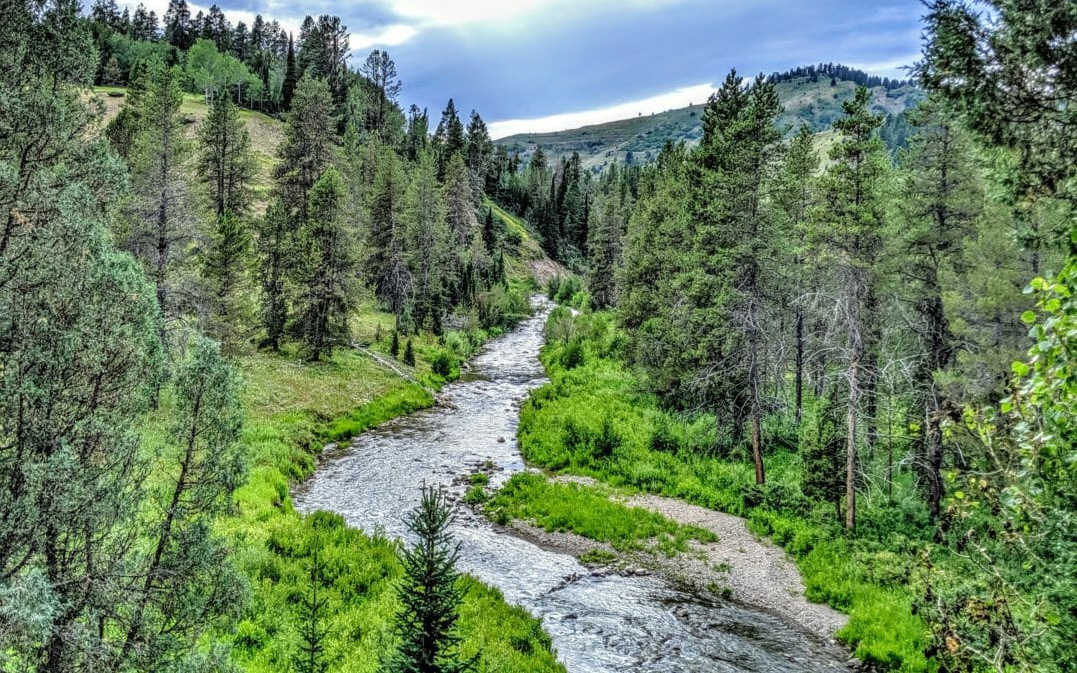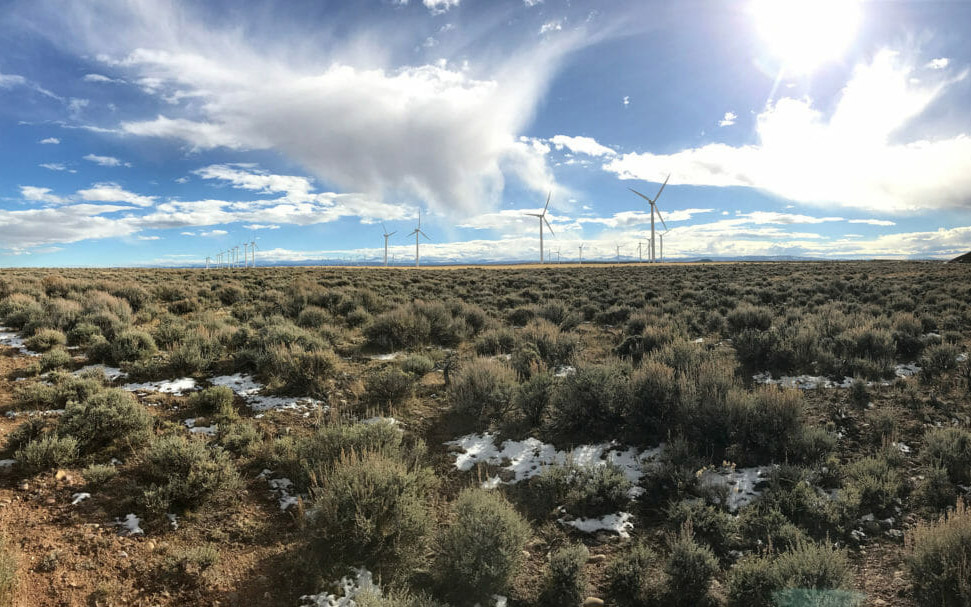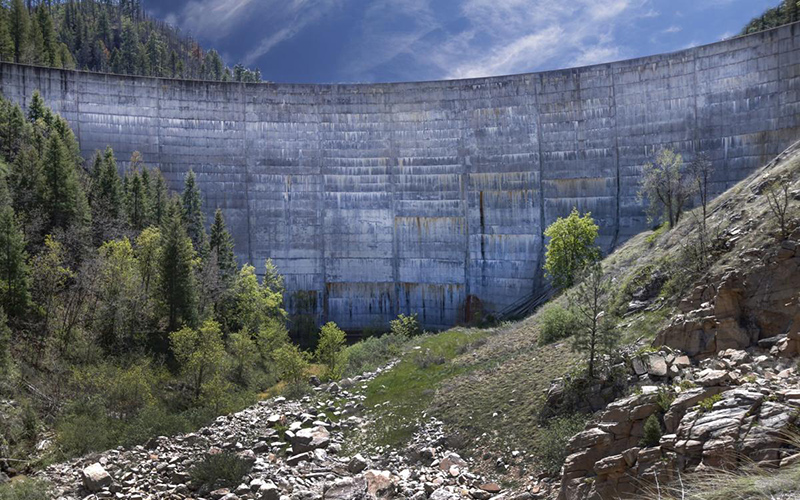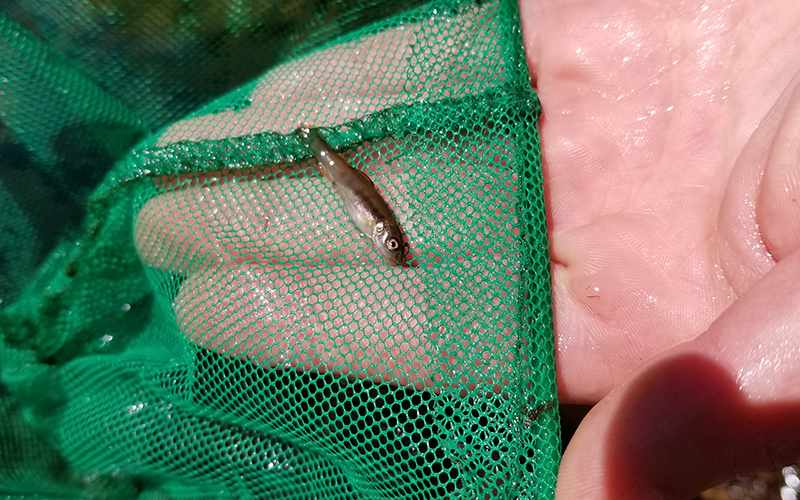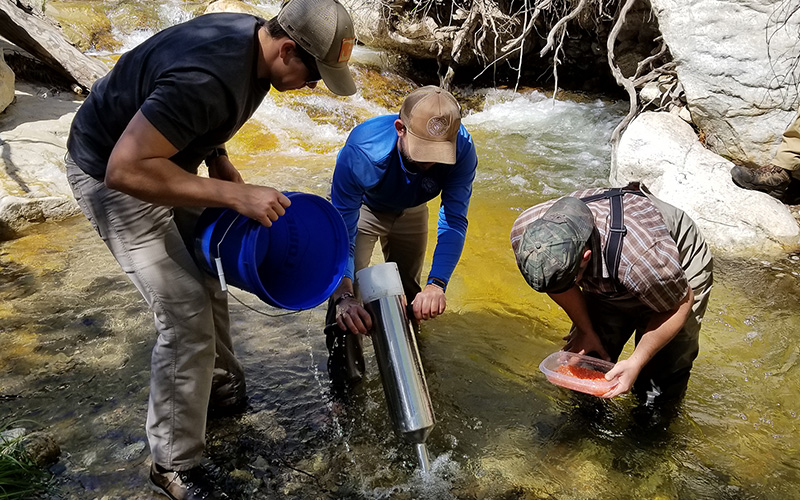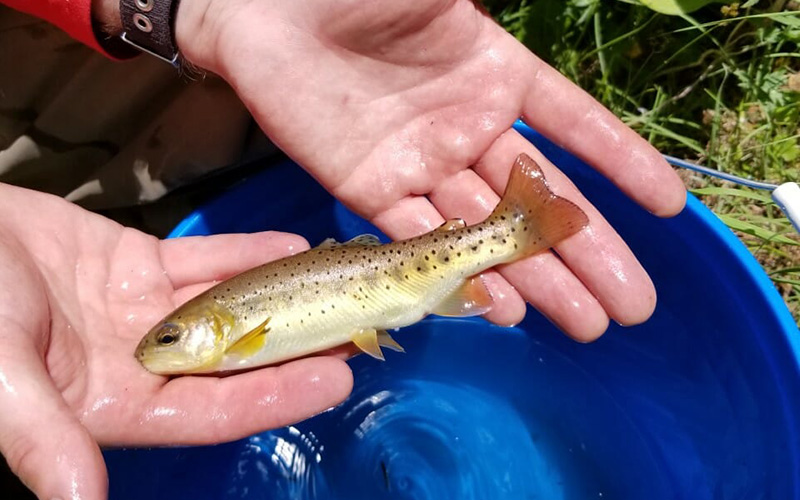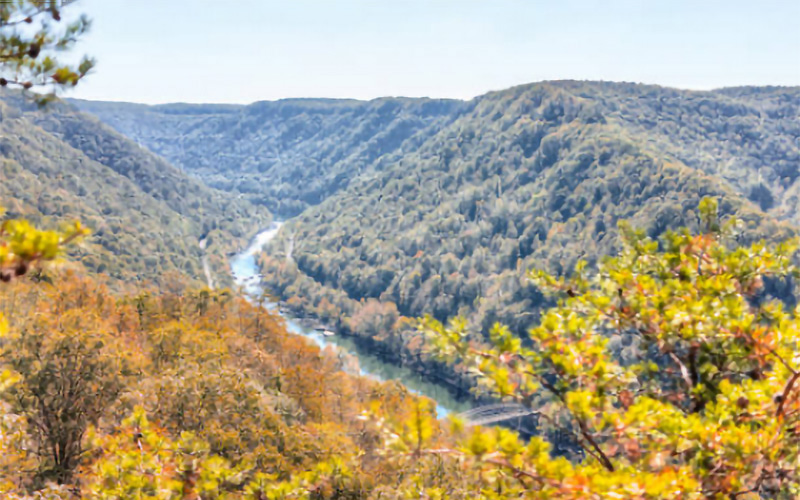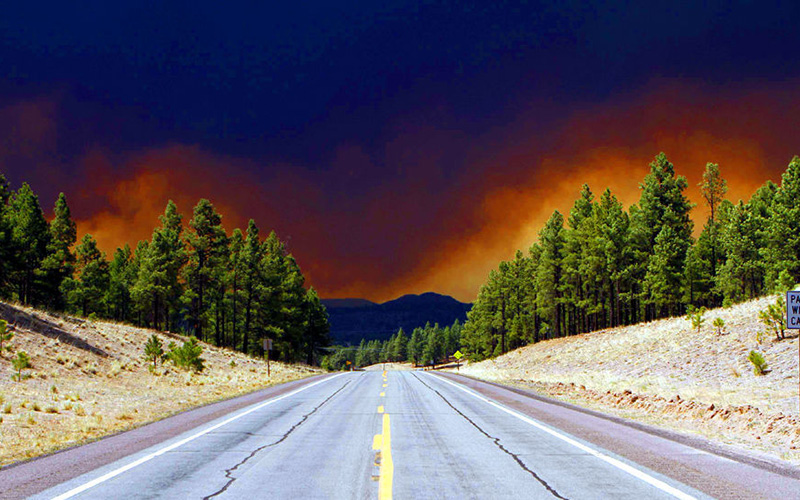What’s happening?
The U.S. Forest Service has undertaken an initiative to update its regulations implementing the National Environmental Policy Act, or NEPA. Signed into law in 1970 by President Nixon, NEPA is one of our country’s bedrock environmental laws, providing citizens a voice in federal decisions affecting the environment, fostering transparency, and ensuring that decisions are informed with the best available science.
The Forest Service began this effort in January 2018 with a round of public comment, generating nearly 35,000 comments (See TU’s comment letter). Currently, the agency has published a draft rule and is taking public comments through Aug. 12. The agency first promulgated its NEPA regulations in 2008, and while there have been some modifications over the years, this is the first overhaul of the agency’s NEPA regulations in over a decade.
The Forest Service’s stated goal is to “complete project decision making in a timelier manner, improve or eliminate inefficient processes and steps, and, where appropriate, increase the scale of analysis and the number of activities in a single analysis and decision.”
Why NEPA?
All federal land management agencies, including the Forest Service, are required to follow NEPA procedures for applicable decisions and give proper consideration to the environment. Generally, the NEPA process comes with multiple opportunities for public involvement and coordination with local, state and federal partners.
NEPA does not prohibit impacts to the environment, but rather requires agencies to analyze and disclose impacts prior to making a final decision. In this way, NEPA assures that both the decision-maker and the public are fully aware of impacts and the balance of pros and cons for an action. Importantly, this process can also identify unacceptable risks and opportunities to mitigate impacts to fish and wildlife habitat or if necessary, deny a project.
As noted in NEPA’s implementing regulations, “NEPA’s purpose is not to generate paperwork—even excellent paperwork—but to foster excellent action. the NEPA process is intended to help public officials make decisions that are based on understanding of environmental consequences, and take actions that protect, restore, and enhance the environment.”
Why it matters for TU:
Because TU is both an advocacy and restoration organization, we find ourselves on both sides of NEPA. When we partner with the Forest Service on restoration projects located on public land, those projects must go through the applicable NEPA process, which can be cumbersome. On the other hand, the NEPA process allows TU to have a say in projects that could harm coldwater fisheries – such as poorly sited energy development or logging projects – and bring our expertise to the table to ensure trout and salmon fisheries are given a fair shake in the decision-making process.
TU’s firsthand experience with NEPA provides us a unique perspective, and while the agency is right to seek efficiencies, this rulemaking should not erode the basic tenets of NEPA: public involvement, transparency, and informed decisions affecting America’s resources and public lands.
How will TU respond and how can you help?
- Trout Unlimited will file comprehensive comments. Comments are due by August 26th.
- An outline of key points is provided below.
Make your voice heard: go to the rulemaking homepage on regulations.gov and click on the Comment Now! button to speak up for your public lands. You can use the message points outlined below and TU encourages you to make your own, detailed comments about why public lands matter to you!
Need some help? Check out our “how to” guidance for commenting.
Connect with your Council leadership: Several TU Councils have been following this rulemaking and may have additional guidance on engagement from TU leaders in your state.
Highlights and our view:
- Collaboration is one of the most important tools for fostering efficient land management. When projects are conceived, developed and implement in a collaborative manner, the result is not only increased efficiency, but also more durable decisions less prone to legal challenges. Strengthening opportunities for collaboration should be a primary objective of the revised regulations.
- Hunters and anglers must be assured that the revised regulations will not erode opportunities for meaningful public involvement in decisions affecting their public lands. Soliciting input at the beginning of the NEPA process, called scoping, is an important part of any decision. Unfortunately, the proposed rule would eliminate scoping from all but the most complex projects. The final rule must allow for scoping and meaningful public involvement.
- The proposed rule includes ten new categorical exclusions that exempt certain project from comprehensive NEPA review. These categorical exclusions fall into three categories: (1) those covering infrastructure activities, (2) those covering special uses, and (3) those covering restoration activities. Categorical exclusions that allow projects to be exempted from further NEPA review can be useful tools to expedite projects that are reasonably expected to have minimal adverse environmental effects. However, categorical exclusions must include a narrow focus and adequate sideboards to prevent unexpected impacts on important fisheries, or misapplication when a more robust process should be utilized.
- An important check to ensure that categorical exclusions are properly used is the “extraordinary circumstances” review. Under current practice, if an extraordinary circumstance is present, such as the potential for significant impacts to a threatened species, then a more thorough review is required. The proposed rule would eliminate the existing requirement to consider impacts to the agency’s Sensitive Species list, which includes numerous native trout species, including Westslope cutthroat, Bonneville cutthroat and Colorado River cutthroat trout. Additionally, the proposal does not add Species of Conservation Concern, a new classification developed by the agency. The final proposal must require consideration of the agency’s Sensitive Species list, as well as the Species of Conservation Concern, as applicable.
- Timber harvest on up to 4,200 acres would be categorically excluded from further NEPA review so long as at least one “restoration” activity is included. Any categorical exclusion for restoration should be limited to projects where restoration is the true priority and not an afterthought, and include meaningful sideboards to ensure that the categorical exclusion is not applied haphazardly. Allowances for permanent roads must be eliminated and there should be a requirement that all activities directly address environmental impairments, resulting in a net conservation gain.
- Determinations of NEPA adequacy could help relieve the agency of redundant NEPA reviews by establishing a consistent process for determining if an existing analysis is adequate. This decision must not be made in a vacuum. Public involvement – including scoping — and consultation with stakeholders, applicable resource professionals, and partners is necessary to ensure that this decision is fully informed. Additionally, the determination cannot be a simple yes or no. The deciding official should be required to not only answer if an existing analysis is sufficient, but more importantly why it is sufficient. The final rule must support meaningful public engagement and require clear explanation of NEPA adequacy determinations.
- Funding for agency staff and programs is needed. Creating efficient processes is about more than revising regulations. Without sufficient funding and qualified resource professionals, streamlining NEPA is just a band-aid on a bigger problem. Since 1995, there has been a nearly 40% decline in non-fire personnel. That means fewer biologists, fewer engineers, fewer hydrologists, fewer trail crews and fewer professionals to conduct timely, thorough NEPA procedures. Ensuring adequate funding is an issue that Congress and the Administration must address to not only ensure healthier forests, but a healthier Forest Service.
Click here for the full article on tu.org.

